How to prevent the quality of hand-brewed coffee from declining after it gets cold? Why do you drink coffee while it's hot?
Professional coffee knowledge exchange more coffee bean information please follow the coffee workshop (Wechat official account cafe_style)
Last week, we were at "before the coffee got cold? Good coffee should be drunk before it gets cold! This paper introduces one of the reasons why coffee goes bad after it is cold: oil oxidation. Today we will continue to talk about the remaining "oxidative polymerization of pigments" and "condensation" that are mistaken for deterioration.
"oxidative polymerization of pigment"
There are too many complicated things involved here. Let's make a long story short.
Do you know how coffee stains are formed? It is because of "oxidative polymerization of pigments". Or to take a more obvious example: everyone should throw away the filter paper after brewing coffee and do not want to accept it for a while. At first, the edge of the filter paper showed a light brown color and grew quite normally. After more than an hour, it was found that a circle of dark black substance accumulated on the edge of the filter paper. That is also "oxidative polymerization of pigments".
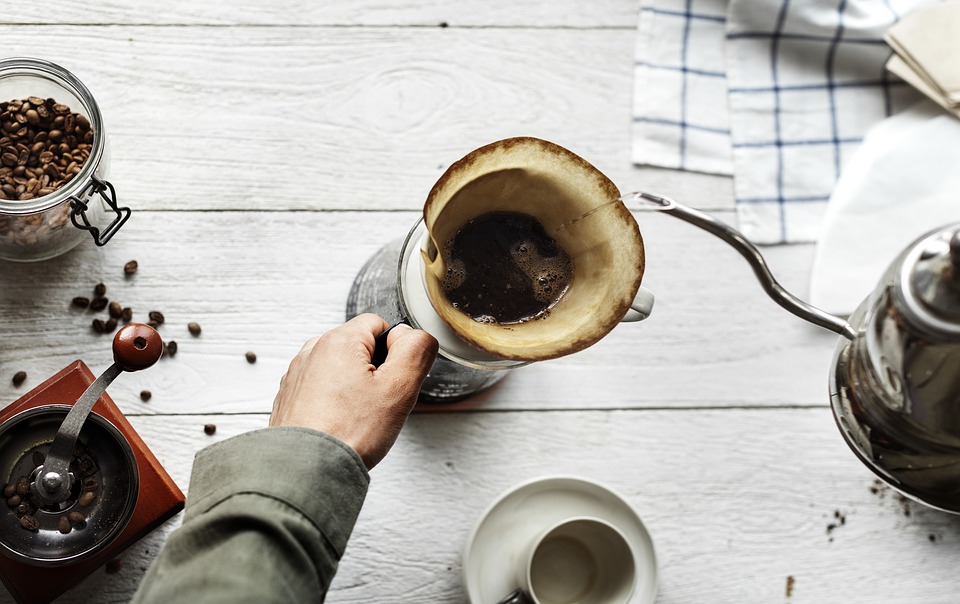
People who come into contact with roasting will know that coffee will produce "brown pigment" in the roasting process, because there are thousands of these substances, so commonly known as "brown pigment group", it will provide a cup of coffee such as caramel, chocolate … It's sweet. But at the same time, there are substances that make you feel the taste of tar, scorch, and so on, and the terrible thing is that those that provide sweetness will oxidize over time and gradually change to a terrible taste, and in the process will oxidize to produce irritating organic acids, which will make you feel that in addition to the exciting acids, the taste is getting worse and worse.
The deterioration of this part is most obvious on the American machine, because the temperature can greatly accelerate the "oxidative polymerization of pigments", while the American machine usually has the effect of heat preservation and heating. So it was a tragedy. However, this kind of thing can not be avoided without heat preservation, but no matter how roasted beans are, there are "brown pigment groups". Without them, the sweetness and thick taste of the coffee are reduced, so there is no way to avoid the deterioration of this part.
Drinking quickly is the only solution, and the cup is easier to wash.
"condensation"
The term "condensation" should be familiar to many people. Yes, it is the condensation of "condensation filtration"!
Coffee roasting process, there is the so-called "dry distillation reaction", will also produce phenols, esters and other substances, these substances at room temperature will precipitate into white floc-like things, so that the liquid looks turbid. Generally speaking, however, this is only simple precipitation, and these substances that will precipitate are usually stable and will not "deteriorate", but it is true that nowadays the concentration of coffee liquid is mostly in the range of 1.15% Murray 1.4%. Such precipitation will significantly change the taste, become "miscellaneous", and in turn affect the performance of the aroma in the mouth.
To avoid such a phenomenon, it is of course impossible to use "condensation filtration" like whisky, but compared with other aromas, the extraction rate of phenols and esters is relatively slow, as long as the structure of the powder layer is maintained. Take "coarse powder, try not to soak coffee powder" as the extraction consideration, the extraction of these substances can be avoided to a great extent.
Only in this way, we also lose the taste feeling that these substances bring to us when they are hot, including the spice aroma, the complex flavor after resin baking, and the long-term finish.
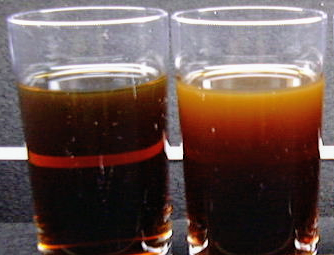
After saying so much in one breath, I just want to express: if coffee can, don't drink it for a long time.
But people in the rivers and lakes, sometimes can not help. Sometimes you have to take out coffee, or take a pot of coffee to yourself as spiritual food at any time. At these times, take into account the possibility of deterioration and try your best to avoid it. Especially for a store with take-out coffee service, the editor thinks it is necessary to consider the problem of deterioration.
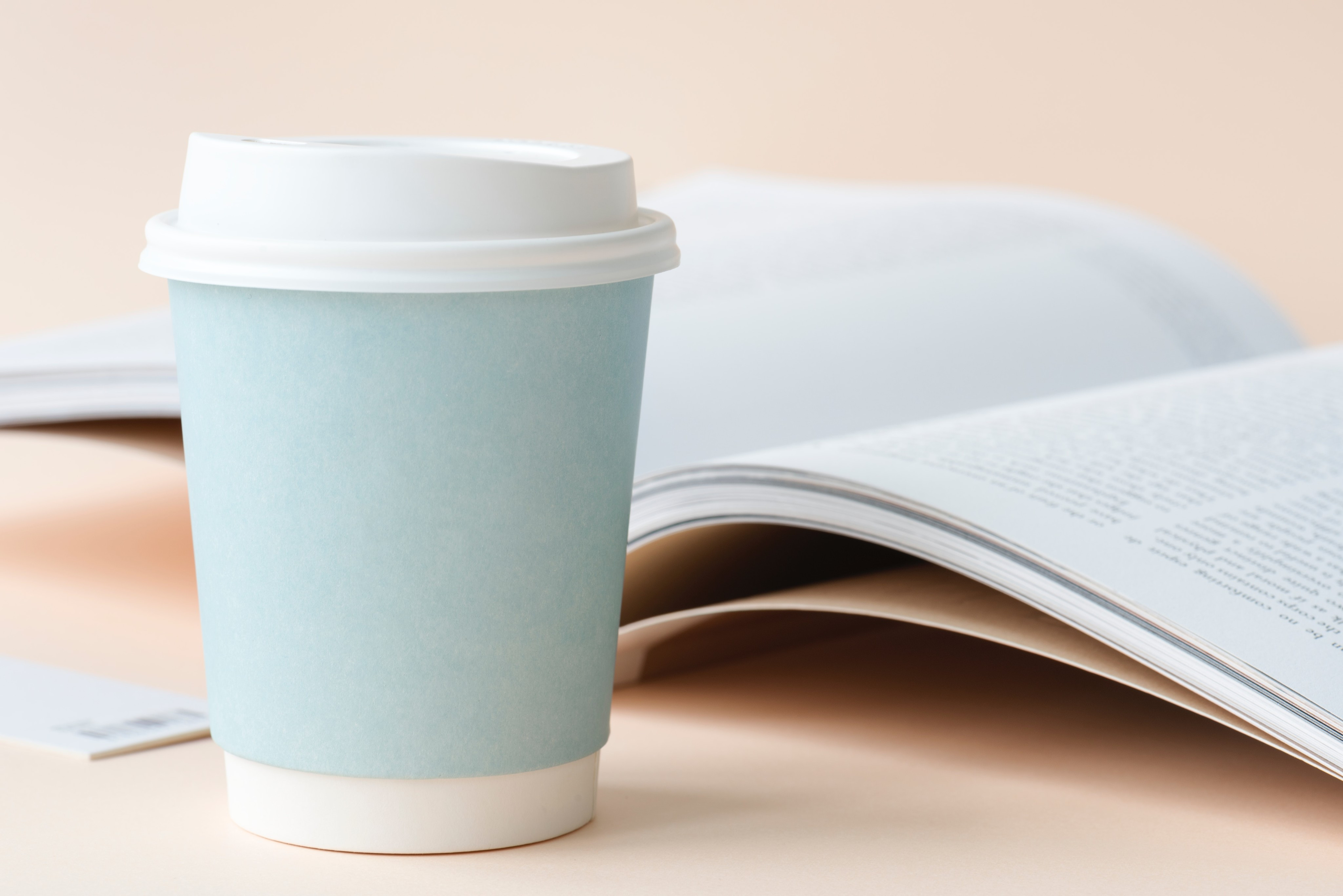
Just because it tastes good out of the cup doesn't mean it tastes good an hour after you take it out. Considering the actual situation, it is impossible to achieve a score of 100 or even 90 in both situations. But if you are in the store, is it more possible to drink 95 points at the moment, but leave 65% coffee when it is cold, so that the guest can experience the limit of a bean (and then force him to drink it quickly)?
On the other hand, if you take out and drink 85 points at the moment, but the coffee is still 85 points after it is cold, it should be an ideal choice.
When guests order take-out coffee, they should provide a drink called "take-out coffee" instead of "coffee for internal use, take-out".
A professional barista expresses that the limit of a bean is only a basic skill, and a more advanced lesson should be "how to make a choice in different situations", so that people will not underestimate the value of brewing.
Article source: Burning Mujia Studio
END
Important Notice :
前街咖啡 FrontStreet Coffee has moved to new addredd:
FrontStreet Coffee Address: 315,Donghua East Road,GuangZhou
Tel:020 38364473
- Prev
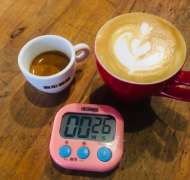
[notes of Qianjie baristas] the effect of grindability of Qianjie Coffee on the Flavor of espresso
In order to extract a good cup of espresso every day and present a good latte to our guests, I believe that there are many baristas in many stores who, like editors, constantly adjust the parameters of espresso every day. Even in the same batch of coffee beans, different temperatures and humidity affect the production of each cup of coffee every day. So insist on adjusting the Italian style every day.
- Next
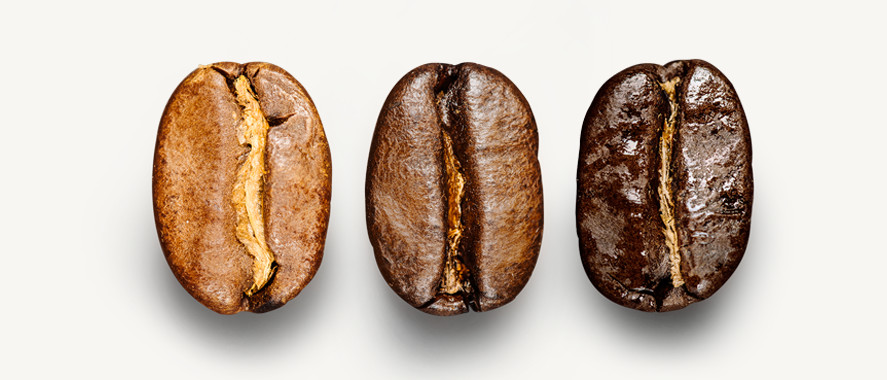
Boutique coffee is only roasted in light? Is deep roasting a boutique coffee? Do deep-baked coffee beans taste good?
Professional coffee knowledge exchange more coffee bean information please follow the coffee workshop (Wechat official account cafe_style) the third wave of mainstream boutique coffee now the coffee shop, often emphasize that they are boutique coffee. What exactly is boutique coffee? Why do more than 90% of the shops choose to use the so-called shallow baking to explain the flavor of coffee beans in their own baking, such as wild flowers in full bloom?
Related
- Beginners will see the "Coffee pull flower" guide!
- What is the difference between ice blog purified milk and ordinary milk coffee?
- Why is the Philippines the largest producer of crops in Liberia?
- For coffee extraction, should the fine powder be retained?
- How does extracted espresso fill pressed powder? How much strength does it take to press the powder?
- How to make jasmine cold extract coffee? Is the jasmine + latte good?
- Will this little toy really make the coffee taste better? How does Lily Drip affect coffee extraction?
- Will the action of slapping the filter cup also affect coffee extraction?
- What's the difference between powder-to-water ratio and powder-to-liquid ratio?
- What is the Ethiopian local species? What does it have to do with Heirloom native species?

